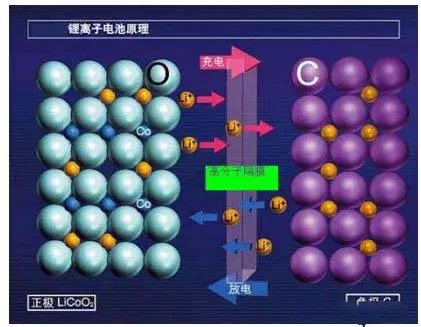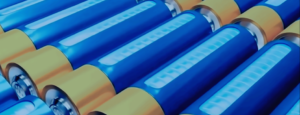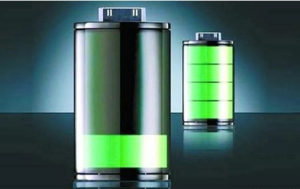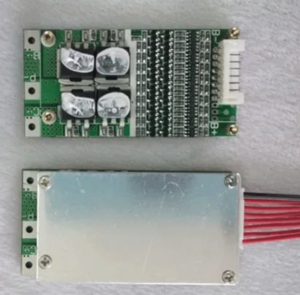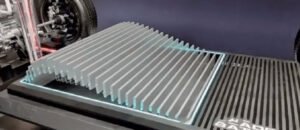High-performance battery: Lithium-ion batteries are composed of four main parts: positive electrode material, negative electrode material, separator, and electrolyte. Among them, the separator, as a key inner layer component in lithium-ion batteries, plays a vital role in battery performance although it does not directly participate in electrochemical reactions. It not only affects the capacity, cycle performance and charge and discharge current density of the battery, but also affects the safety and life of the battery. Separators maintain battery operation and performance by providing channels for ion conduction, preventing electrolyte mixing, and providing mechanical support.
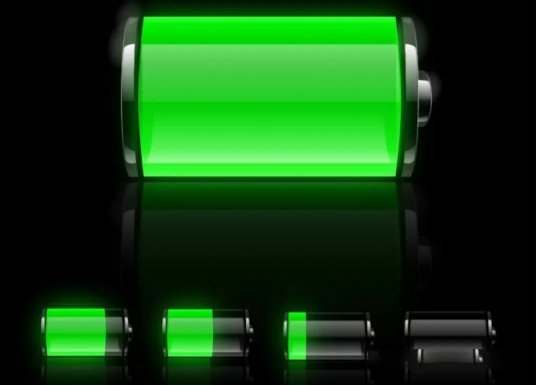
The ion conductivity of the separator directly affects the charging and discharging speed and efficiency of the battery, and better ion conductivity can increase the power density of the battery. In addition, the electrolyte isolation performance of the separator determines the safety of the battery, effectively isolating the electrolyte between the positive and negative electrodes can prevent safety problems such as short circuit and overheating. The separator also needs to have good mechanical strength and flexibility to cope with the expansion and contraction of the battery, and to prevent mechanical damage and internal short circuits. In addition, the separator also needs to maintain structural and functional stability during the battery life to ensure the long-term reliable operation of the battery.
Although the separator does not directly participate in the electrochemical reaction of the battery, it has an important impact on key performances such as the capacity, cycle performance, charge and discharge speed, safety and life of the battery. Therefore, the research and development and optimization of separators are of key significance for the development and application of lithium-ion batteries.
- 一. The important function of the diaphragm in lithium-ion batteries
Separators play a vital role in Li-ion batteries. It is not only a physical barrier separating positive and negative electrodes, but also has the following important functions:
- Ion transport: The separator must have good ion transport properties and be able to allow lithium ions to freely transport between the positive and negative electrodes. At the same time, the separator needs to effectively block the transport of electrons to prevent the occurrence of short circuits and self-discharge.
- Maintaining the electrolyte: the diaphragm needs to have good resistance to solvent penetration, which can effectively maintain the even distribution of the electrolyte between the positive and negative electrodes, and prevent the loss and concentration change of the electrolyte.
- Mechanical strength: The separator needs to have sufficient mechanical strength to withstand mechanical stresses such as compression, expansion and vibration of the battery to ensure the stability and safety of the battery.
- Thermal stability: The diaphragm needs to have good thermal stability, be able to maintain structural stability in high temperature environments, and prevent thermal runaway and thermal decomposition from occurring.
- Flame retardancy: The separator needs to have good flame retardancy, which can effectively prevent the battery from fire or explosion under abnormal conditions.
In order to meet the above requirements, the diaphragm is usually made of polymer materials, such as polypropylene (PP), polyethylene (PE), etc. In addition, parameters such as the thickness, porosity, and pore size of the separator will also affect the performance of the battery. Therefore, it is very important to select a suitable separator material and optimize the structural design of the separator in the preparation process of lithium-ion batteries.
Second, the main role of the diaphragm in lithium batteries:
二.In lithium-ion batteries, the separator plays a key role with the following main functions:
- Ion conduction: The separator allows lithium ions to be transported between the positive and negative electrodes. The separator usually has high ionic conductivity, which can promote the rapid and uniform flow of lithium ions in the battery and realize the efficient charging and discharging of the battery.
- Battery safety: The separator can prevent direct contact and short circuit between positive and negative electrodes, avoid overcurrent and overheating inside the battery, and provide battery safety.
- Electrolyte isolation: The diaphragm prevents the gas and impurities in the electrolyte in the battery from mixing between the positive and negative electrodes, avoiding unnecessary chemical reactions and losses, and maintaining the stability and cycle life of the battery.
- Mechanical support: The separator acts as a mechanical support in the battery, which can fix the position of the positive and negative electrodes and other battery components, and has a certain flexibility and expandability to adapt to the expansion and contraction of the battery.
Separators play important roles in ion conduction, battery safety, electrolyte isolation, and mechanical support in Li-ion batteries. It ensures the stable operation and performance of the battery.
https://wa.me/message/CAA3L465O4QJM1

